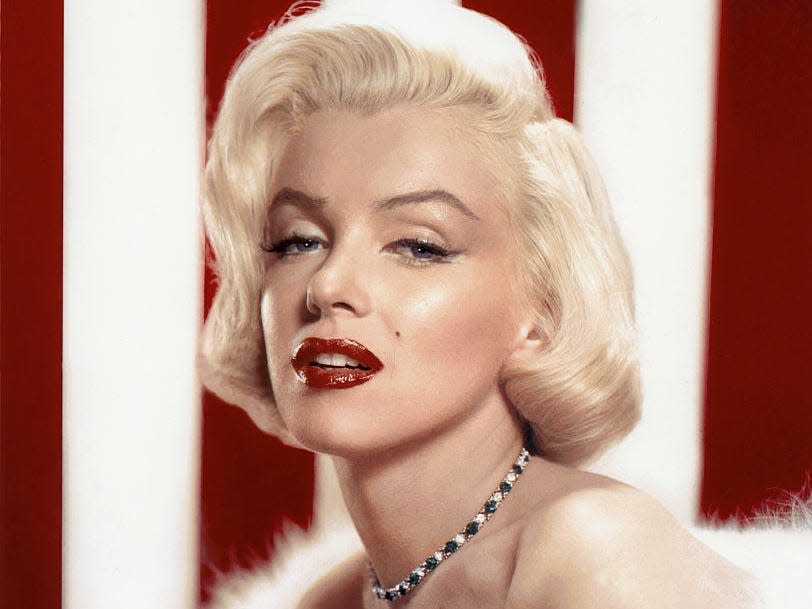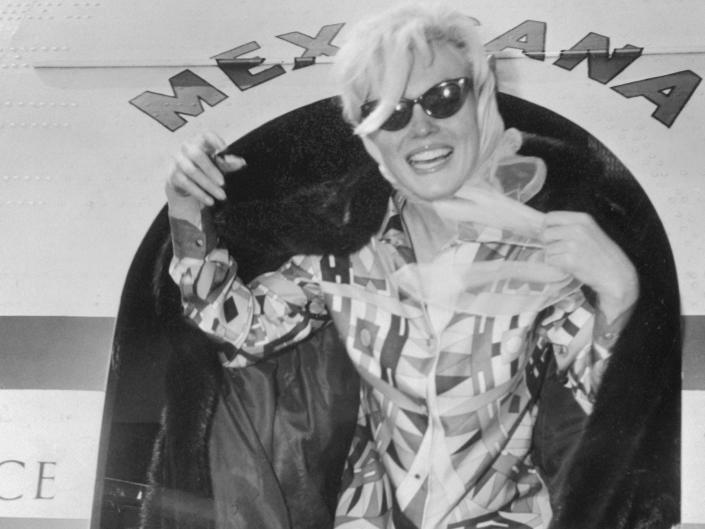
-
Marilyn Monroe’s stardom was based on the image of an all-American girl.
-
Monroe has ties to Mexico as her mother was born there before moving to California.
-
Hollywood has traditionally favored whiteness and Monroe has leaned into her persona throughout her career.
When Norma Jeane Baker first stepped into Hollywood in 1946, she quickly realized who she had to become to make it big.
Marilyn Monroe is one of America’s most recognizable pop culture icons, although her rise to fame comes with a devastating cost. The new Netflix movie “Blonde” shows a fictional story of Norma Jeane and the character she created, with Cuban-born actress Ana de Armas as Monroe.
“Blonde,” based on a novel by Joyce Carol Oates, “promises an unprecedented look at the iconic movie star’s Latina heritage and one of her final trips to Mexico,” according to a Variety article first reporting the production. from the movie.
Monroe had Mexican roots and often visited her mother’s native country in the last years of her life.
But Hollywood has traditionally favored white, and the 20th-century film industry was no exception. Monroe’s fame and success were based on her image as the all-American girl – a persona she helped create and ultimately controlled as she rose through the ranks of Hollywood.
Monroe’s mother was born in Mexico
Monroe’s mother, Gladys Pearl Monroe, was born in Piedras Negras, Mexico, in 1902, according to birth registration documents. The Monroes had immigrated to the city just over the border from Eagle Pass, Texas, after a series of droughts ravaged the Midwest in the 1980s.
American immigration to Mexico was not uncommon at the time. The then president of Mexico, General Porfirio Díaz, opened the country to foreign companies and American immigrants to aid in industrialization. Monroe’s maternal grandfather, Otis Monroe, worked at a railroad in Piedras Negras.
In 1903, the Monroes moved to Los Angeles, California, and Norma Jeane Baker was born on June 1, 1926.
Gladys, who struggled with both mental and financial problems, dropped her daughter off in foster care, although she continued to visit regularly. She was eventually institutionalized for paranoid schizophrenia, forcing Norma Jeane to meander through orphanages and foster homes.
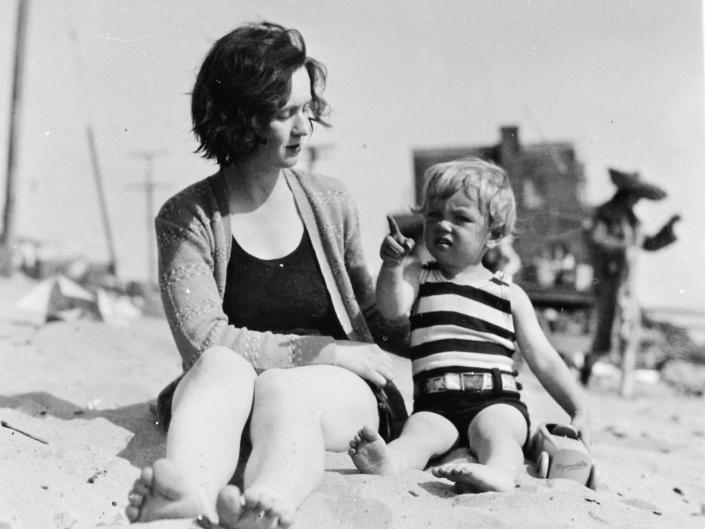
The Creation of Marilyn Monroe
In 1945, Norma Jeane began modeling and signed an acting contract with 20th Century Fox a year later. She dyed her hair platinum blonde and chose her stage name: Marilyn Monroe.
Monroe was presented as an all-American girl and she herself played an important role in creating her public image. Together with her makeup artist, Allan “Whitey” Snyder, Monroe developed her signature look: pale skin, blond hair, dark arched eyebrows, plump lips and a beauty mark. She started getting supporting roles in films and eventually made her big break with a trio of films in 1953 that established her as one of Hollywood’s foremost sex symbols and one of its most affordable stars.
Over the course of her career, Monroe exercised complete control over her personality and used it to her professional advantage. According to culture critic Sarah Churchwell, she had to be “very smart” and “very tough” to “beat the Hollywood studio system in the 1950s.”
“The dumb blonde was a part – she was an actress, for God’s sake!” said Churchwell.
In the 1940s and 1950s, many actors and actresses changed their names to get jobs in Hollywood. For example, Margarita Carmen Cansino became Rita Hayworth and Raquel Tejada became Raquel Welch. Welch, who grew up with a father who tried to assimilate at all costs, even forbidding Spanish in the home, recognized her Latin heritage only after decades in the industry.
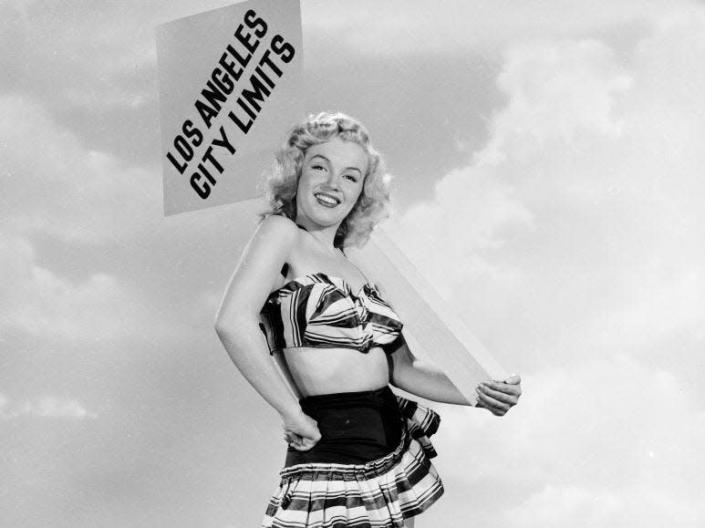
While Monroe was racially white, she deliberately built up and chopped her image of an all-American girl. She was seen as a specifically American star, “a national institution also known as hot dogs, apple pie or baseball,” according to Photoplay.
Monroe visited Mexico in her last years
Monroe was always annoyed by her lack of control on movie sets, once saying she was “tired of the same old sex roles” — stress that led her to use barbiturates and other drugs.
Monroe launched her own production company in 1955 and made frequent trips to Mexico in the years leading up to her death in 1962.
There she met Spanish directors such as Luis Buñuel and Mexican actress Silvia Pinal, and ate tacos at El Taquito restaurant, serenaded by a mariachi band. Monroe also had a fling with Mexican director José Bolaños, who accompanied her to the Golden Globes in 1962.
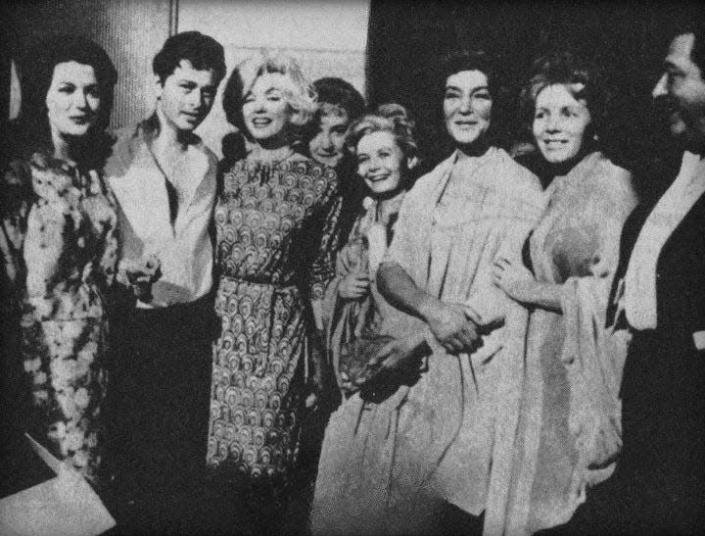
In her latest photo shoot with photographer George Barris, Monroe wore a Mexican sweater in some of her photos.
Read the original article on Insider
